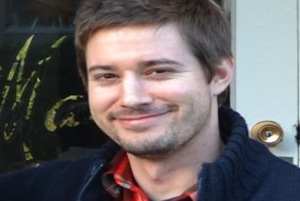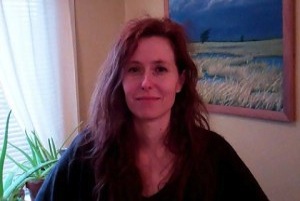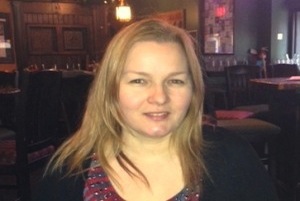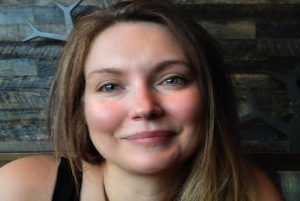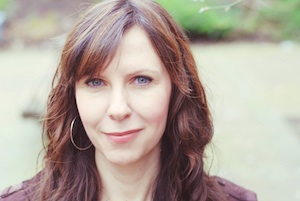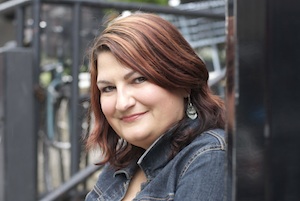08 Feb Patterns and Rhythm in Editing
Cutting point from the film, Subways, 5 Variations on a Theme by Rilke ©2001, Daniel Conrad; dancer Petr Opavsky; choreographer Crystal Pite.
We have had the pleasure of working with Vancouver filmmaker Daniel Conrad many times on his beautiful arts documentaries, and were happy to see this personal letter from him about film editing on the Documentary Organization of Canada mailing list. Daniel has given us permission to repost his letter here.
In the letter, he talks about the tremendous joy of editing. We’re huge fans of editors. We watch films frame by frame, and we can see the art in what they do. So we bring you this piece to celebrate the editors in our industry, and also as a reminder of how amazing filmmaking is, and what an incredible opportunity it is to engage material of all kinds. Thanks, Daniel.
Republished with permission from the author.
Bleak Days
Lately, some filmmakers have been telling me their fears and disillusionments regarding the editing process. I remember that, a while ago, we had a thread on this site about “bleak days” (editing). I thought I would add my response now, since I am still in the afterglow of the US elections:
Bleak days, for me, are when the broadcaster who used to take everything changes ownership or programming, and suddenly they take nothing; and then they are playing “Wheel of Fortune” and “Jeopardy,” or they are sold to another network. Bleak days are when three grant or licence proposals in a row are turned down, or when a cast member gets sick, or when a piece of equipment goes missing.
Editing is never really bleak. It is the pleasure of recognition, when things in your footage come together in patterns – patterns that you didn’t expect, that suddenly make sense. If you stick to preconceptions, it is difficult to discover these surprising but inevitable patterns. Then you will be disappointed when your footage fits your plans too poorly or too well. So once you are in the editing room, you might leave the plans in a drawer. Plans are useless, Eisenhower said after D-Day. Planning, of course, is essential.
In film school, we were given random found-footage by a bored instructor, and told to cut it to music. Some unlucky students were given narrative footage that actually made sense. The best work came from a student who had been given dreadful, senseless footage from a dull CPR demo-video. He cut it “long, deep, and frequent” to James Brown’s “I’ve Got the Feeling,” and it amazed us.
When cutting, I try not to follow a script too closely. Scripts serve other purposes. Instead, I move the pieces around until they start to stick. Of course, I filmed with that stickiness in mind; but that was in the planning part, when that was essential. I see things move across the frame and I try to find movement that forms momentum or collision. That movement will make rhythms. I don’t go from the assemblage to the rough cut to the fine cut; that disappoints. If you are following rhythms, every part of cutting is a fine cut. If cuts are not precisely to the frame, you can’t really judge the rhythm. The finely cut sections can join with other finely cut sections to form larger sections.
Is the film too short? Let out some air. Is it too long? Let it breathe. Do you have to make two versions, long and short? Good! Go back and forth between them. This way you might find a clear sense of time in the film. If you don’t have to make two versions, make them anyway, to find things.
Do you have to follow some narration? Then find the rhythm in that narration and follow that rhythm. Do you need to follow a string of ideas? Find the rhythms in those ideas, as one idea bangs or flows into the next. How can you be depressed when you are following a rhythm? If, late at night, or early in the morning, you can’t feel this rhythm, take a dance class. Play music. Watch people walking and find their rhythms. Snap your fingers to the traffic. Watch a chef cutting something. Tap dance. It is impossible to feel depressed when you are tap dancing; that’s why it was popular in the ’30’s.
About the Author:
Daniel Conrad is a fine arts filmmaker and owns Rhodopsin Productions, a small Canadian production company specializing in documentaries and dance films.





